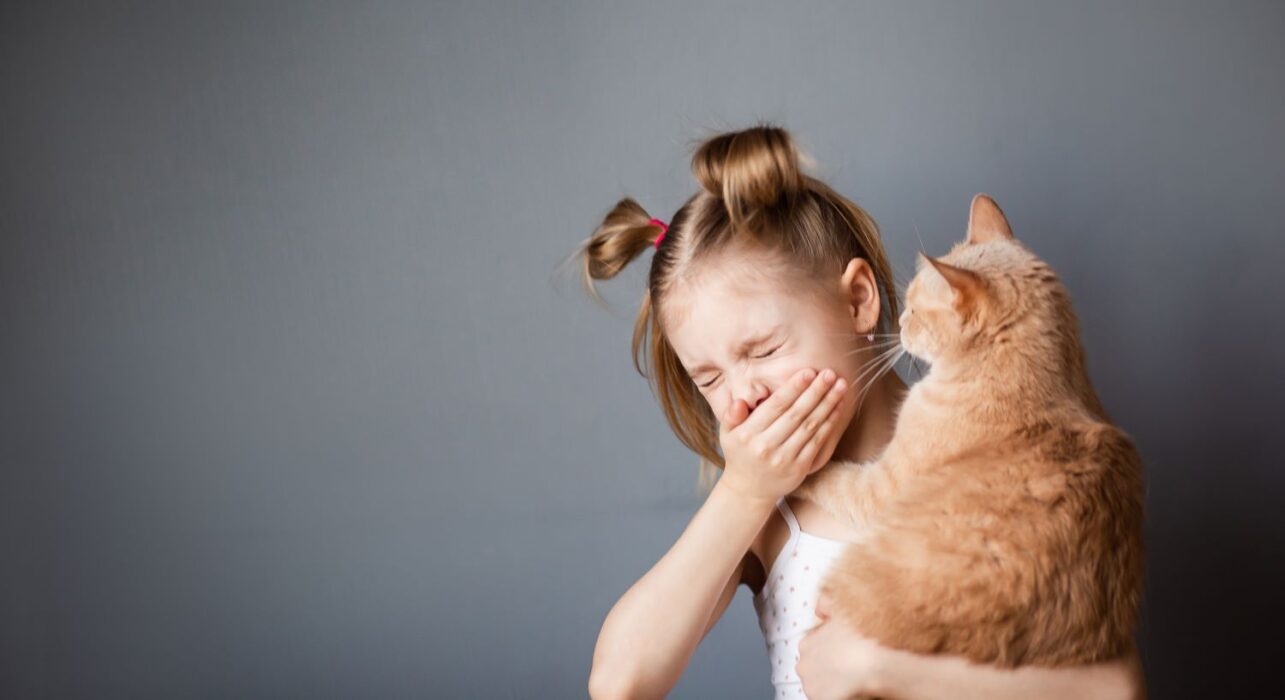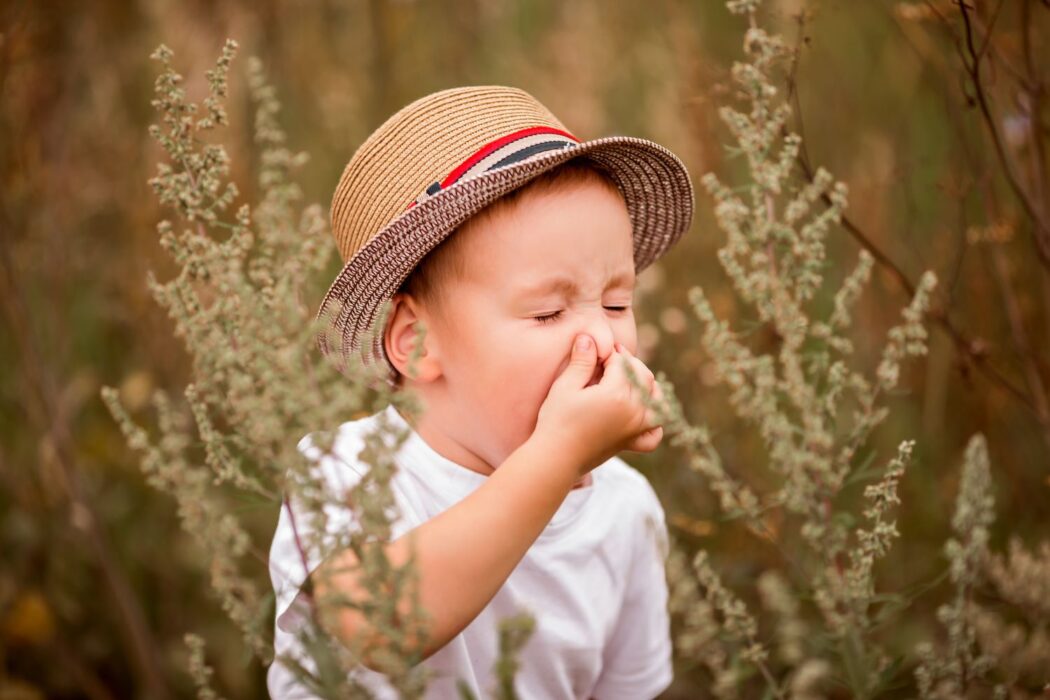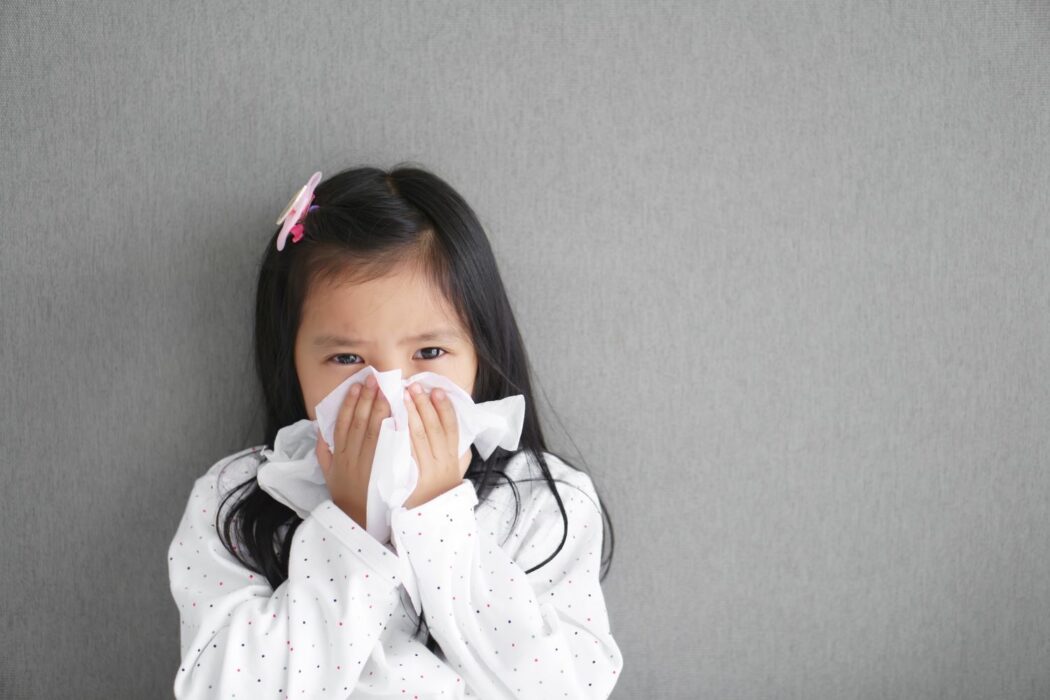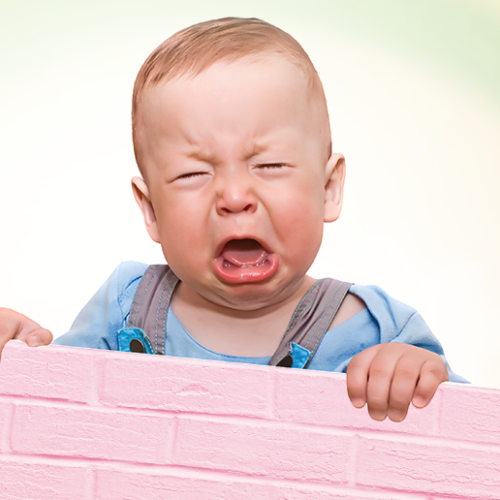Top tips to tackle hay fever
With hay fever season approaching, it’s time to remind ourselves what are the main causes, symptoms and treatments so that we can ensure our children are as sneeze-free as possible!

While many lucky people manage to avoid it completely, hay fever is a common allergic condition that can affect your child’s nose, sinuses, eyes, throat and even their ears. While you may think that hay fever only occurs during the spring and summer months, that’s just seasonal hay fever. Perennial hay fever can create discomfort for your little one throughout the year.
WHAT CAUSES HAY FEVER?
Hay fever is caused when your child inhales dust, pollen or other small particles that get trapped in their nose. While this happens to everyone, only those who are allergic to the particles experience hay fever. Each child is different and yours may suffer from hay fever as a result of an allergy to one or more of the following:
- Dust mites
- Pollen
- Spores from mould
- Animal hair

SYMPTOMS
Around one in three children will experience hay fever, which commonly occurs alongside other allergic conditions such as asthma. With it being so prevalent, it’s important to be aware of the main symptoms and how to identify them. These include:
- Itchiness in the nose, eyes, throat or ears
- Swollen or red eyes
- Lots of sneezing or coughing
- A runny or blocked nose
- Sinus discomfort
- Headaches or earaches
Hay fever can also have a negative effect on the quality of your child’s sleep, leaving them drowsy throughout the day and affecting their concentration in school. Other effects of hay fever include an increased vulnerability to sinus and eye infections and asthma flare ups. In fact, 80% of asthma sufferers say that hay fever triggers their asthmatic symptoms.

TREATMENT
Unfortunately, there is no outright cure for hay fever, so the best approach once your little one has a reaction is to treat the symptoms. Antihistamines or nasal sprays can be used to reduce your child’s discomfort but make sure to consult with their doctor for a recommendation. The doctor may also advise allergy tests to determine which potential triggers are affecting them.
As always, prevention is even better than a cure, so do your best to identify exactly what allergen is triggering your child’s hay fever and try to limit their interaction with these allergens. For example, if animal hair is the issue, try to reduce their contact with pets that shed. Some further pointers to reduce potential allergens in your child’s day are as follows:
- Don’t keep flowers indoors
- Avoid smoking around your child – it will worsen their symptoms
- Keep windows and doors closed
- Remove dust from surfaces with a damp cloth so it doesn’t get spread into the air
Hay fever is a nasty condition that can cause a great deal of discomfort for your child. Figuring out what they are allergic to and limiting their contact with it is often the best parents can do. If this isn’t effective, consult with a medical practitioner to explore further treatment options.












Comments